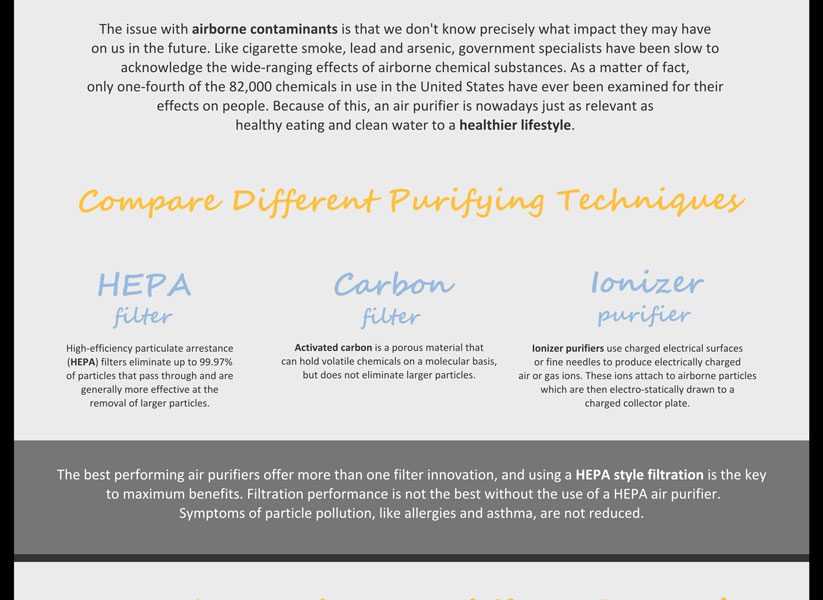Exactly How Weather Variables Influence Heatpump Workflow And Practical Steps To Address These Obstacles
Exactly How Weather Variables Influence Heatpump Workflow And Practical Steps To Address These Obstacles
Blog Article
Post Author-Melendez Greve
When it comes to your heat pump, climate plays an essential function in its efficiency. From freezing heat pump service near prebbleton to sweltering heat, each element can influence just how efficiently your system runs. Yet what can you do to deal with these weather-related challenges and guarantee your heat pump is working at its best? Stay tuned to find sensible suggestions and methods to optimize your heatpump's efficiency, no matter the climate condition it deals with.
Weather Condition Elements Impacting Heat Pump Performance
Climate aspects have a significant effect on the performance of heatpump. One important element is temperature. Heatpump function by moving heat from outside to within throughout wintertime and the other way around in summertime. As temperatures decrease, it ends up being harder for the heat pump to essence heat from the outside air, reducing its effectiveness.
An additional crucial element is humidity. High humidity degrees can make it a lot more difficult for the heat pump to release heat throughout the cooling process.
Additionally, wind speed contributes. Strong winds can dissipate the heat taken in or released by the heat pump, influencing its general efficiency.
Tips for Optimizing Heat Pump Efficiency
To boost the efficiency and longevity of your heat pump, implementing a couple of essential techniques can make a substantial difference in its efficiency.
First of all, guarantee regular maintenance by cleaning or changing filters every 1-3 months to avoid airflow obstructions and maximize air flow. In addition, routine annual professional evaluations to detect and address any kind of potential concerns early on.
Ideal thermostat setups likewise play a crucial function. Throughout the winter season, go for a temperature level setting that's as low as comfy, and during the summer, set it as high as comfortable to decrease the workload on your heatpump. Utilizing a programmable thermostat can aid you immediately readjust setups based on your timetable.
Furthermore, securing leaks in ductwork and protecting ducts in unconditioned spaces can stop power loss and enhance total system performance.
Last but not least, think about setting up a smart thermostat that can discover your habits and readjust setups accordingly, more maximizing your heatpump's efficiency. By following these suggestions, you can guarantee your heatpump operates efficiently and properly throughout the year.
Best Practices for Weatherproofing Your Heat Pump
For optimal performance and performance of your heatpump, implementing weatherproofing measures is necessary. Start by sealing any voids or splits around doors, home windows, and ductwork to avoid heat loss and keep a consistent interior temperature level.
Insulate exposed you could try these out and ducts to prevent cold during winter and make sure correct air flow. Think about setting up a protective cover over the outside unit to protect it from rough weather components like snow, ice, and debris.
Frequently tidy the outdoor device to eliminate dirt, leaves, and debris that can obstruct air movement and lower performance. In addition, maintain the location around the heatpump free from snow, ice, and plant life to enable proper air flow.
Conclusion
Now that you understand exactly how weather impacts your heatpump efficiency, you can take aggressive actions to enhance its efficiency. By adhering to the pointers laid out in this write-up, such as routine upkeep, thermostat modifications, and weatherproofing steps, you can guarantee that your heatpump runs at its ideal despite the climate condition. Stay successful and maintain your home comfy all year round.
